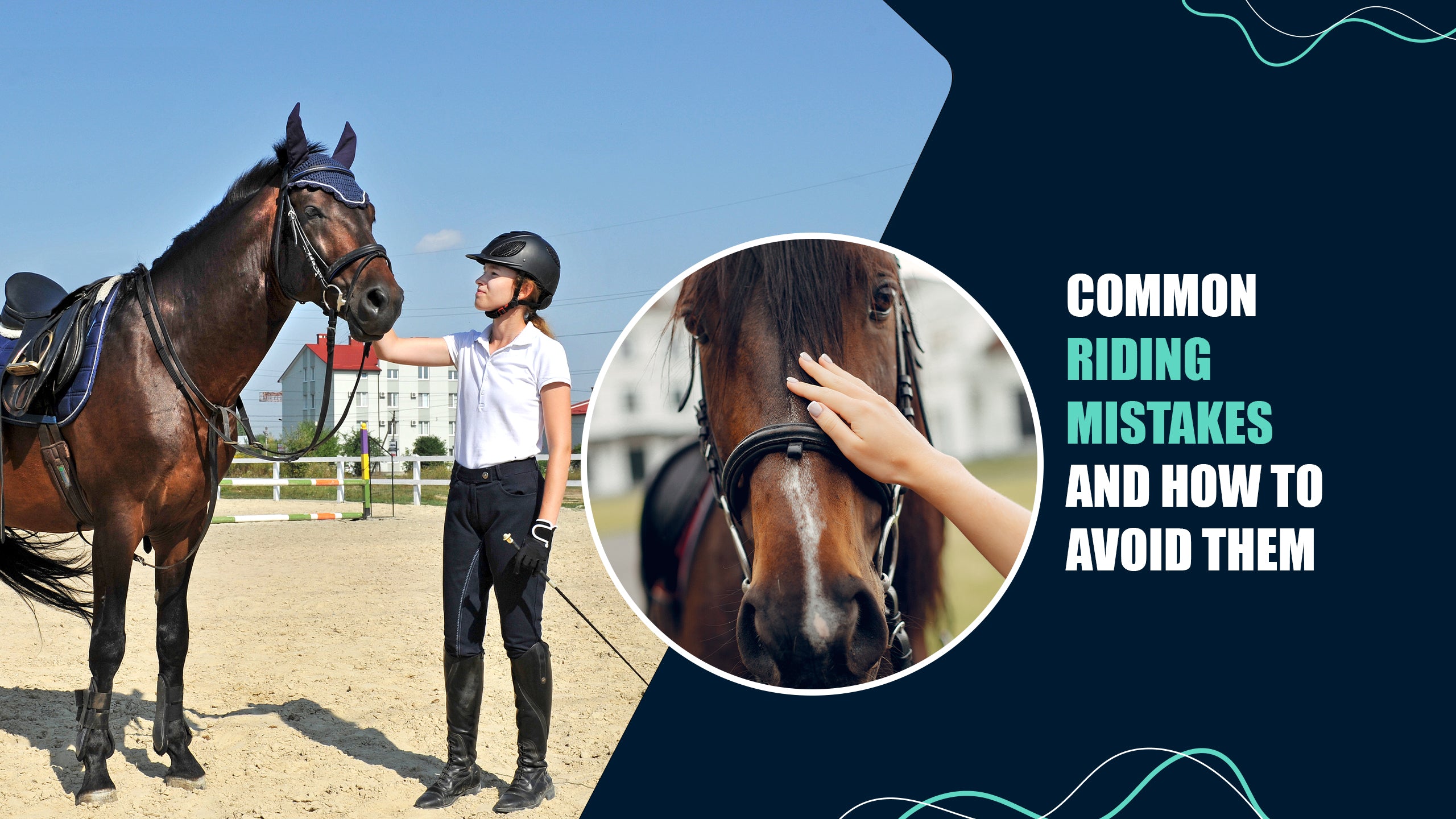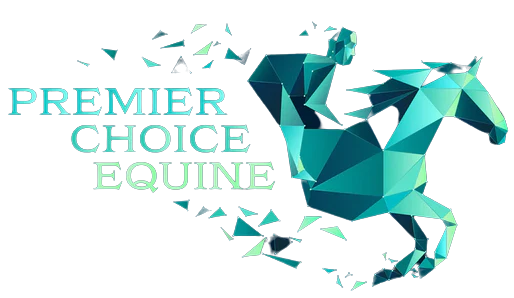
Horses and humans can have an extraordinary bond, just like a man and his dog. Beginning your horse riding adventure is certainly exciting (and maybe a little nerve-wracking), however, it won’t be without its challenges. Even the most seasoned riders may find themselves making common mistakes that hinder their performance and results.
In this blog, we'll delve into the nuances of horse riding, uncovering the pitfalls that often occur for both beginners and experienced riders alike.
Join us as we explore these missteps and, more importantly, discover the keys to avoiding them. Whether you're a novice eager to grasp the reins or a seasoned rider aiming to perfect your craft, this guide promises insights to ensure your horseback adventures are marked by grace, skill and the all-important horse‒rider bond.
Common Mistakes Made by Beginner Riders
One of the most common errors is improper mounting and dismounting techniques, which can lead to accidents and discomfort for both horse and rider.
Another mistake is not establishing clear communication with the horse through the reins and body language. This can result in confusion and misinterpretation of cues. Additionally, beginners often lack proper balance and posture, which can make riding more challenging and less enjoyable.
Proper Horse Riding Equipment and Attire
When it comes to horse riding, having the right equipment and attire is crucial for safety and comfort. A well-fitted helmet is a non-negotiable item that should be worn at all times to protect your head in case of a fall. Proper footwear with a low heel and a sturdy sole is essential to prevent the foot from slipping through the stirrup. Comfortable and breathable clothing that allows for freedom of movement is also recommended.
Developing Good Posture and Balance while Riding
Maintaining good posture and balance is key to becoming a skilled rider. You should sit tall with a straight back, engaging your core muscles for stability. The weight should be evenly distributed in the saddle, with the legs relaxed and draped around the horse's sides.
A common mistake is gripping the reins too tightly, which can hinder communication and create tension in your body. Developing a strong and supple seat through regular practice and exercises can greatly improve posture and balance.
Understanding Horse Behavior and Communication
Horses are incredibly perceptive animals that communicate through body language and subtle cues. Understanding their behavior is essential for effective communication and building a strong partnership.
Each horse has its own personality and preferences, so taking the time to observe and learn about your horse's body language can help you anticipate their actions and respond accordingly. Developing a deep understanding of your horse's behavior will not only enhance your riding experience but also ensure the safety and wellbeing of both of you.
Building a Strong Bond with Your Horse
Building a strong bond with your horse is a valuable aspect of horse riding that goes beyond technical skills. Spending quality time with your horse, grooming them, and offering treats can create a sense of trust and companionship.
Regularly engaging in groundwork exercises, such as lunging and leading, can also strengthen the bond and establish clear communication between horse and rider. Remember, horses are incredibly perceptive creatures and respond positively to kindness, respect, and consistency.
Essential Horse Riding Techniques and Skills
Mastering the essential techniques and skills of horse riding is crucial for a safe and enjoyable experience. Learning the proper rein aids, such as direct rein and indirect rein, allows the rider to communicate with the horse effectively. Understanding the correct leg aids, such as the use of the inside leg and outside leg, helps to guide the horse and maintain balance. Additionally, learning to control the horse's speed through the use of half-halts and transitions is fundamental for a smooth ride.
Safety Tips for Horse Riding
- Equipment Check: Before riding, ensure all equipment (saddle, bridle, etc.) is in good condition and properly fitted to the horse.
- Safety Gear: Always wear a certified riding helmet to protect your head, and opt for suitable footwear with a secure grip.
- Group Riding Distance: When riding in a group, maintain a safe distance between horses to prevent collisions and ensure everyone's safety.
- Environmental Awareness: Stay vigilant of your surroundings, noting potential hazards like uneven terrain or low-hanging branches that could pose risks.
- Regular Lessons: Commit to regular riding lessons and training sessions to enhance your skills and deepen your understanding of horse behavior, fostering a safer riding experience overall.
Overcoming Fear and Building Confidence in the Saddle
Fear is a common emotion that many riders face, especially beginners. It is important to remember that fear is natural, but it should not hinder your progress. Start by working with a patient and experienced instructor who can guide you through gradual exposure and help you build confidence. Set realistic objectives for yourself and start with tiny measures. Visualization techniques and positive affirmations can also be helpful in overcoming fear. Remember, the journey of mastering horse riding is about growth, both as a rider and as an individual.
Advanced Horse Riding Techniques for Experienced Riders
For experienced riders looking to take their skills to the next level, mastering advanced techniques is the key. This includes perfecting the art of collection and extension, where the horse engages its hindquarters and carries more weight on its back.
Advanced riders also focus on refining their position and aid in achieving subtler communication with the horse. Mastering jumping techniques, such as approaches, take-offs, and landing positions, opens doors to the thrilling world of show jumping. Continuous learning, practice, and guidance from knowledgeable instructors are essential for advancing as a rider.
Conclusion
Mastering the art of horse riding is a rewarding and fulfilling journey that requires dedication, patience, and a deep love for these magnificent creatures.
By avoiding common mistakes, developing good posture and balance, understanding horse behavior, and continuously honing your skills, you can create a harmonious partnership with your horse.
Remember to always prioritize safety, overcome fear with determination, and never stop learning. Embrace the joy and freedom that horse riding offers, and enjoy every step of your journey towards becoming a skilled and confident rider.
If you're ready to embark on your horse riding journey, find a reputable riding school or instructor near you and start your lessons today.
